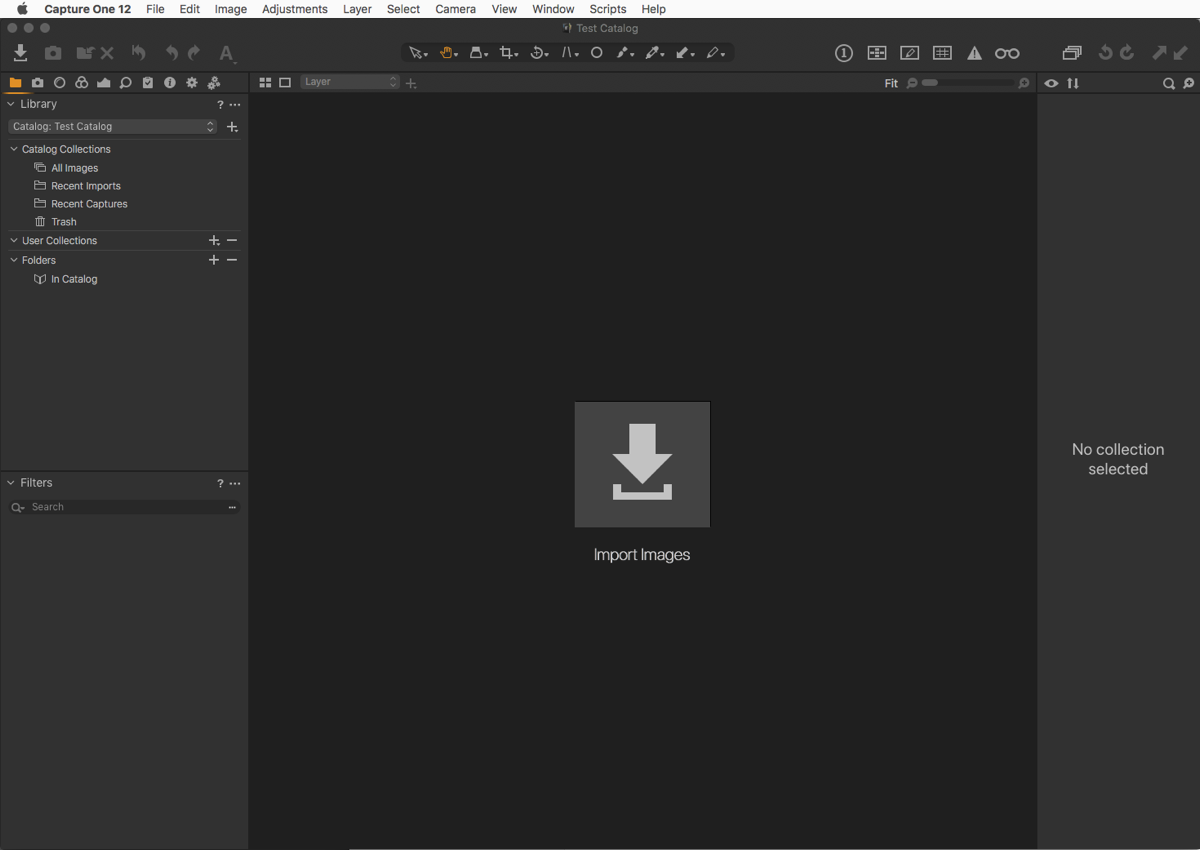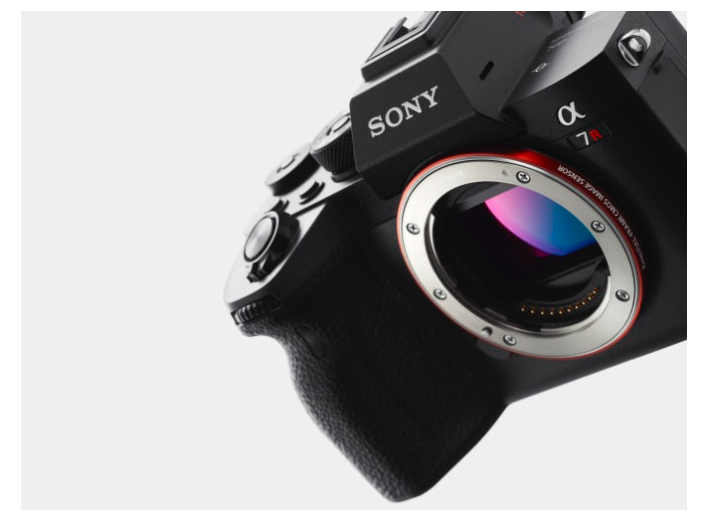
Importing Images into Capture One
If you’re new to Capture One, either as a beginner or more experienced photographer coming from Lightroom, then there are a few concepts that you need to know about the process that will help you when importing images.
Capture One (for Sony or Fujifilm) employs a Catalog-based only image management system, whereas Capture One Pro features an additional Session-based workflow. Sessions work a little differently to Catalogs. They don’t require all the images to be indexed when importing, so they can be a better solution in some circumstances.
Sessions tend to be used by professionals (but are just as useful for amateurs) when working on a job-by-job or subject-by-subject basis. As they create individual system folders and subfolders, they’re ideal for standalone projects such

